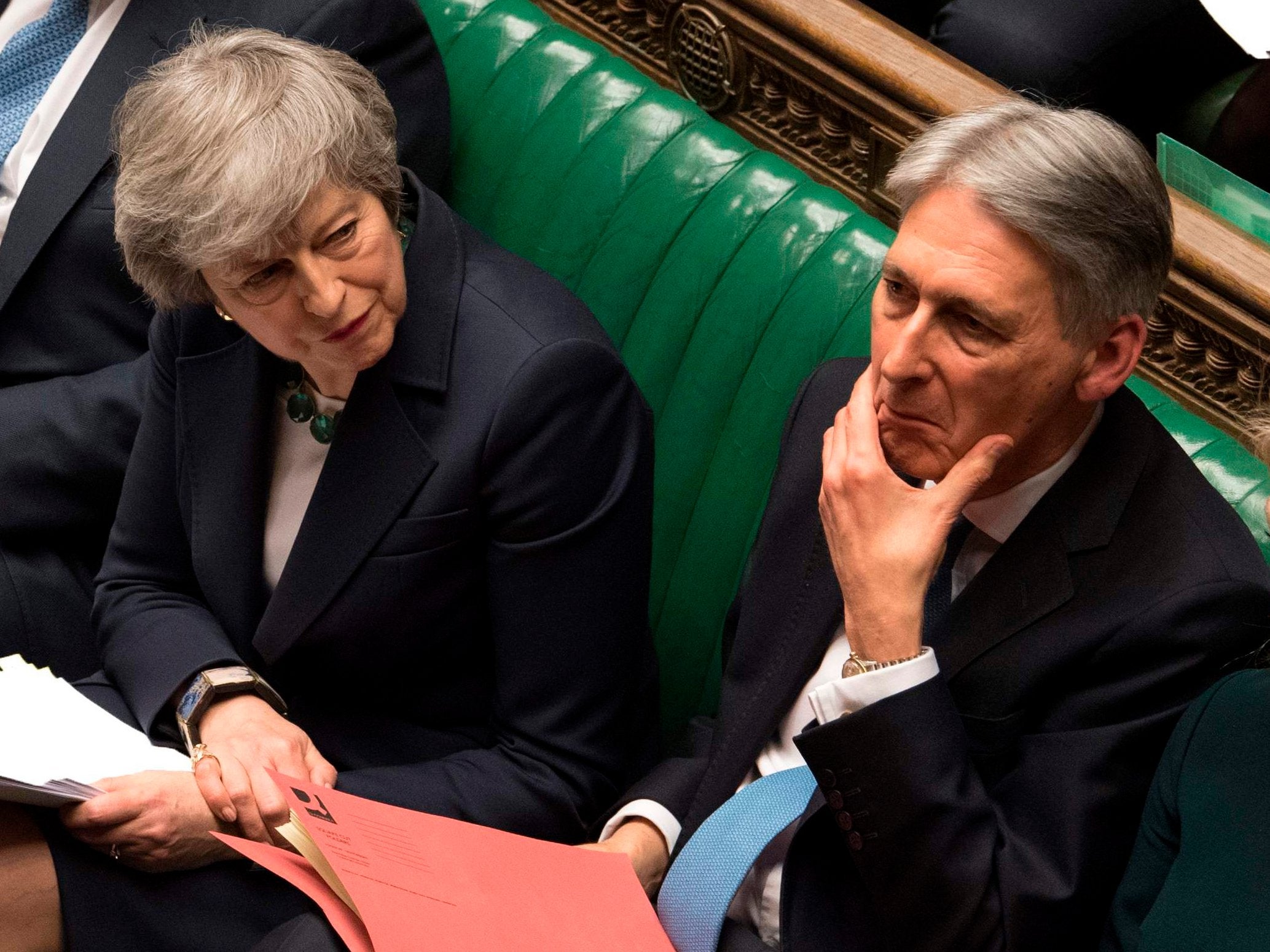How can Theresa May’s leadership of Brexit be brought to an end?
Analysis: The prime minister has overcome myriad humiliations but, as Joe Watts explains, she could survive others yet to come

In a time when there is very little credit floating about for Theresa May, perhaps the only thing anyone can find to praise her for is resilience.
It is a great example of quintessentially British double-speak, being in truth an expression of disbelief she is still in office, despite the horrendous political mess she finds herself in.
On Sunday it seemed as if the clunking jalopy of her leadership was finally about to break down as it met the steep hill of cabinet mutiny, but once again we all woke up on Monday to see it wheeze and splutter into Westminster.
The irony is that the reason she has survived so much longer than seems feasible is the same reason that she has found it so impossible to secure backing for her Brexit deal. There is no consensus on what happens next.
The prime minister survived one coup in December, when Brexiteer MPs gathered enough letters of support to trigger an internal vote of no confidence, but then failed to find enough people who actually thought it a good idea that someone else take over.
Even at that stage, when the full depth of Brexit’s tangle was not yet clear, would-be challengers were so horrified of being forced to do a job that has so obviously killed May’s career, that they told their foot-soldiers to back down and keep the PM in place.
Then there was Labour’s attempt to call a vote of no confidence in the whole government, which saw the same Tory MPs who had gone on TV to decry May as incompetent suddenly back her, fearful of either losing their seats in an election or letting Jeremy Corbyn into power.
There have also been two really humiliating cabinet revolts. One saw the PM allow top Remainer ministers to vote against her approach and another saw her change path under the threat of resignations from top Brexiteers.
Neither proved fatal due to the even balance of disdain with which her leadership is viewed; if she does something to outrage one side, she receives the backing of the other and vice versa.
Which brings us to Sunday.
Despite the repeated blows to her authority, the humiliations and the rebellions, those that have passed and those still to come, May looks like she will be there until she decides to leave of her own volition
Many ministers discussed ditching the PM – but some wanted to put her deputy David Lidington in place, an ex-minister for Europe who backed Remain, campaigned for Remain, and is thus totally unacceptable to Brexiteers.
The others suggested Michael Gove, whose defection to Vote Leave in the run up to the 2016 referendum is possibly the turning point that saw it go on to victory. Unacceptable to Remainers.
The only really clear cut way to depose May is through the Tory rules that allow her to be toppled. But those same rules disallow more than one attempted coup each year, meaning another bid cannot now be tried until December 2019.
A mass, unified cabinet rebellion, possibly the only other conduit for a change, looks unlikely because – as Sunday showed – both sides fear leaving a vacuum for the other side to fill.
So despite the repeated blows to her authority, the humiliations and the rebellions, those that have passed and those still to come, May looks like she will be there until she decides to leave of her own volition.
And it is that, an offer to quit, which is the final ace up her sleeve – something that might convince rebel MPs to back her deal. But she will not commit to it unless it is absolutely clear it would secure the majority she wants.
Until then, Ms May’s leadership will rattle on, coughing black smoke down the increasingly potholed road of Britain’s Brexit saga.
Got an unanswered question about Brexit? Send it to editor@independent.co.uk and we’ll do our best to supply an answer in our Brexit Explained series
Join our commenting forum
Join thought-provoking conversations, follow other Independent readers and see their replies
Comments